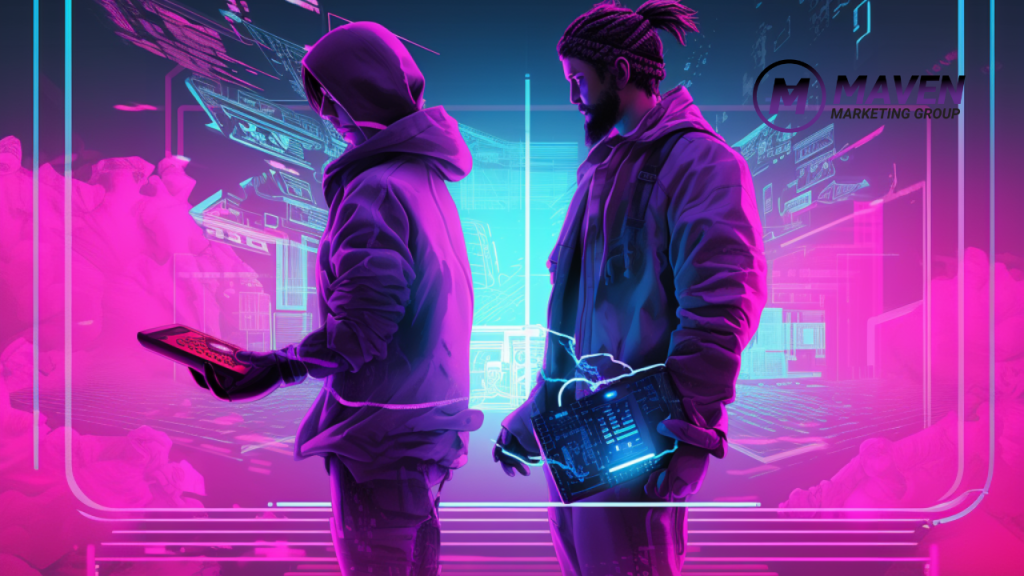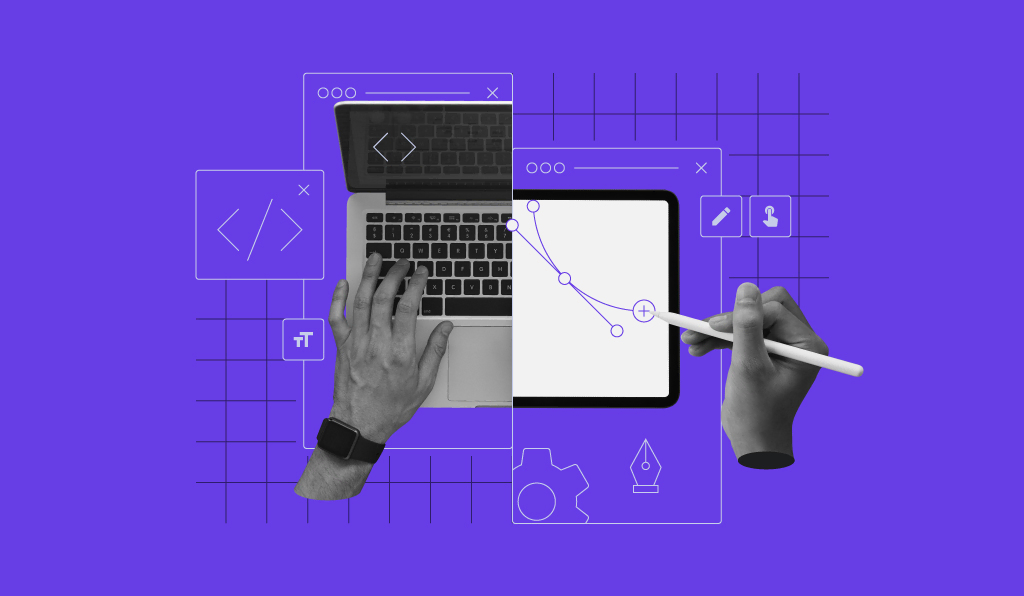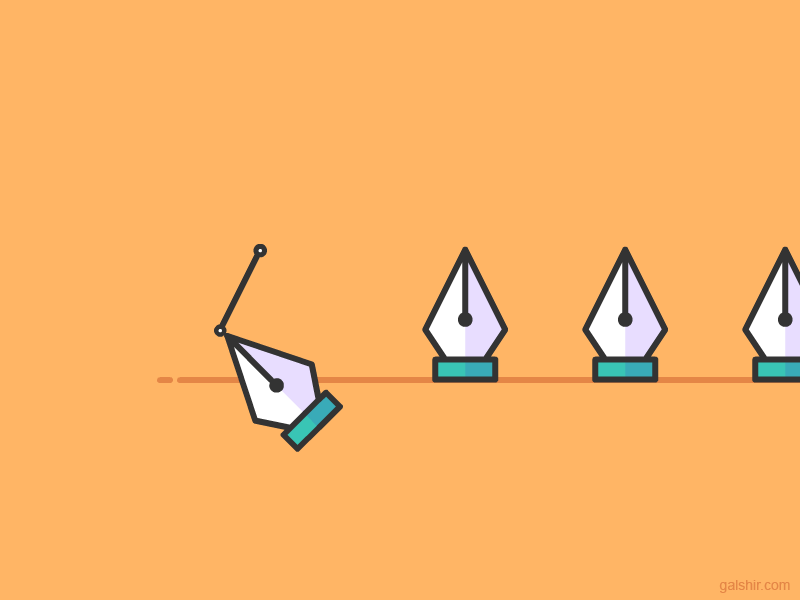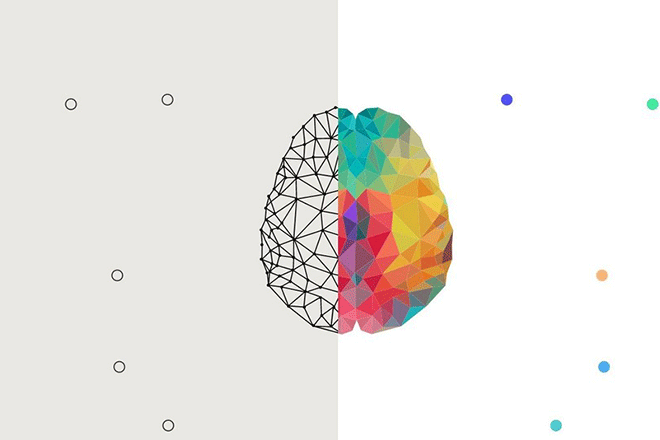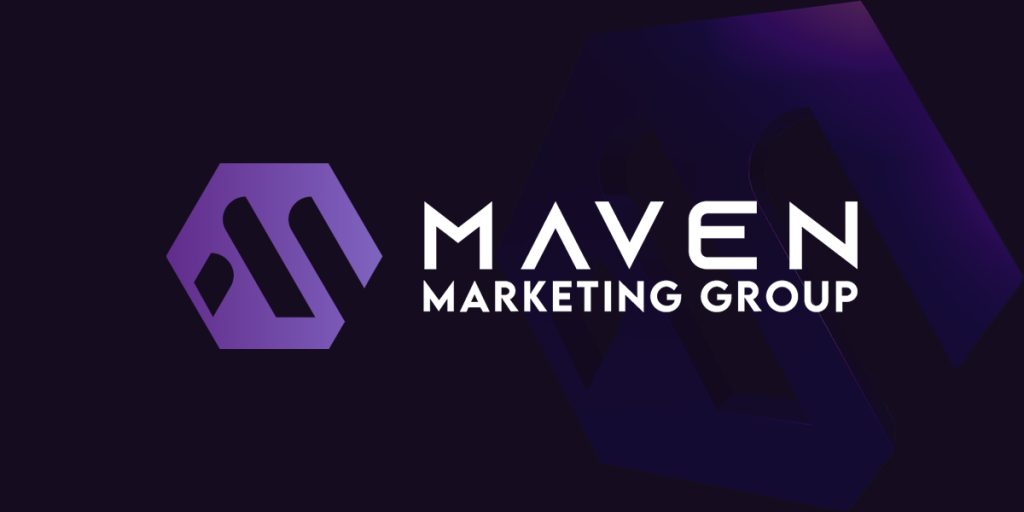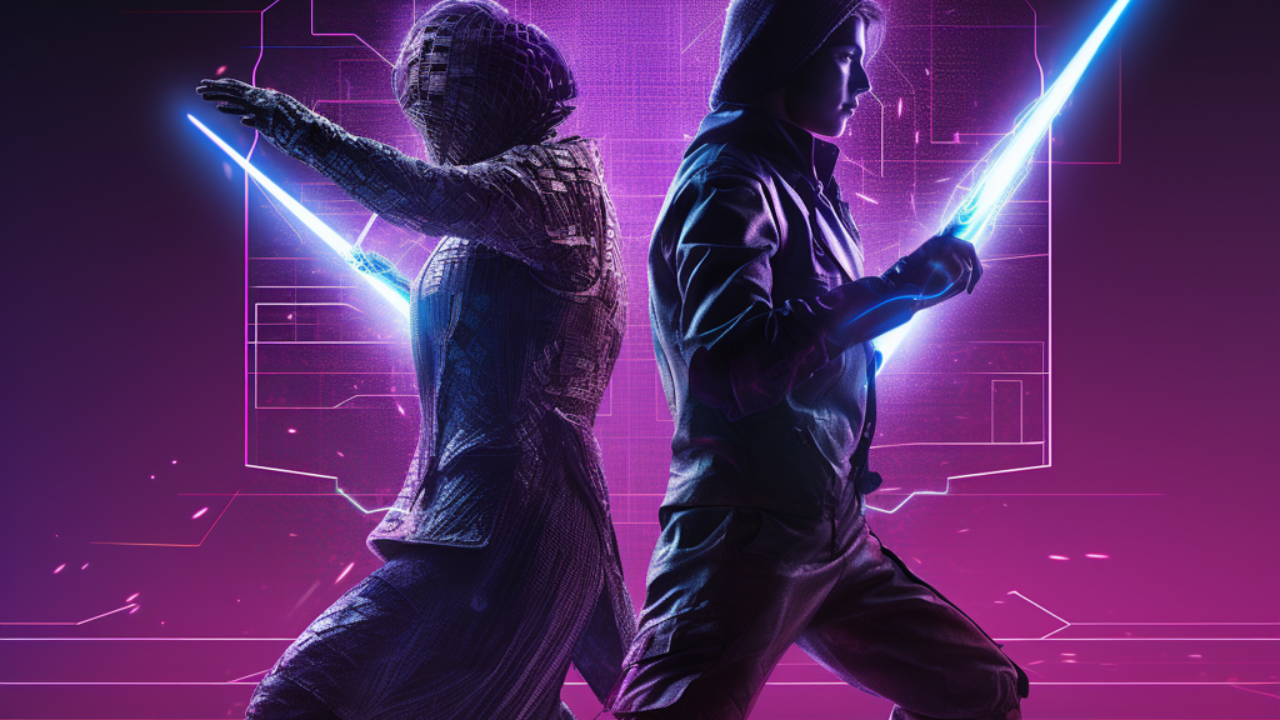
Comparing graphic design and web design to determine which is harder can be subjective, as both fields come with their unique challenges and require specific skill sets.
While graphic design focuses primarily on visual compositions and branding, web design merges visuals with functionality and user experience.
Below, we highlight the intricacies of both disciplines to provide a clearer perspective.
Graphic Design Overview
- What It Involves: Creating visual content using typography, images, and illustrations to convey a message or brand identity.
- Main Challenges: Ensuring designs are universally appealing, understanding client needs, staying updated with design trends, and maintaining consistency across various mediums.
Web Design Overview
- What It Involves: Crafting visually appealing websites that are functional, user-friendly, and responsive across different devices.
- The main challenges of a web designer’s job include ensuring optimal user experience, understanding coding basics, ensuring compatibility across browsers, and integrating design with functionality.
Skill Set Differences
- Graphic Design: Often requires proficiency in tools like Adobe Illustrator, Photoshop, and InDesign, along with a deep understanding of color theory, typography, and layout principles.
- Web Design: While also requiring a design sensibility, it often necessitates knowledge of HTML, CSS, and sometimes JavaScript, as well as platforms like WordPress or Wix.
Evolving Nature of Both Fields
- Graphic Design:With the rise of digital media, graphic designers now often need to consider how to create graphics that will look on screens, not just in print. This is especially important when designing a website.
- Web Design: The constant evolution of web technologies means designers must continually learn and adapt to ensure websites function seamlessly.
Determining whether graphic design or web design is “harder” depends largely on individual strengths and interests.
When it comes to designing a website, there are various factors to consider. While both website and web design involve design principles, web design introduces more technical components.
Ultimately, both fields of website development and digital innovation offer rewarding challenges and opportunities for those passionate about creating and innovating in the digital space.

